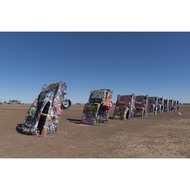(View Complete Item Description)
The UDL Guidelines are a tool used in the implementation of Universal Design for Learning, a framework to improve and optimize teaching and learning for all people based on scientific insights into how humans learn. Learn more about the Universal Design for Learning framework from CAST. The UDL Guidelines can be used by educators, curriculum developers, researchers, parents, and anyone else who wants to implement the UDL framework in a learning environment. These guidelines offer a set of concrete suggestions that can be applied to any discipline or domain to ensure that all learners can access and participate in meaningful, challenging learning opportunities.
Material Type:
Reading
Author:
CAST





